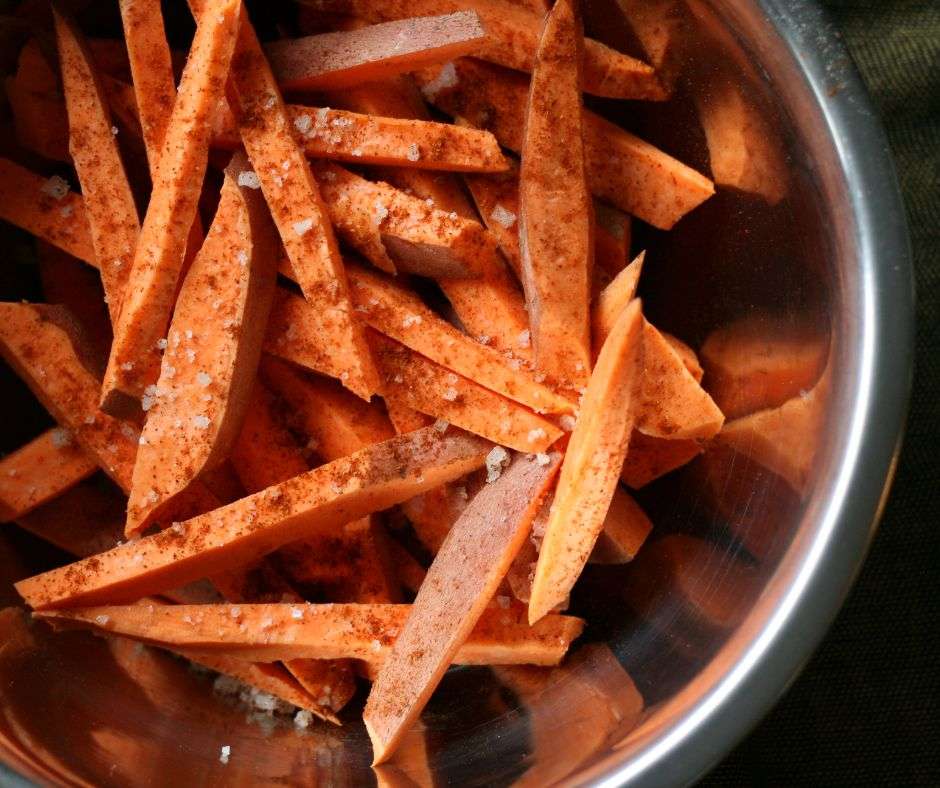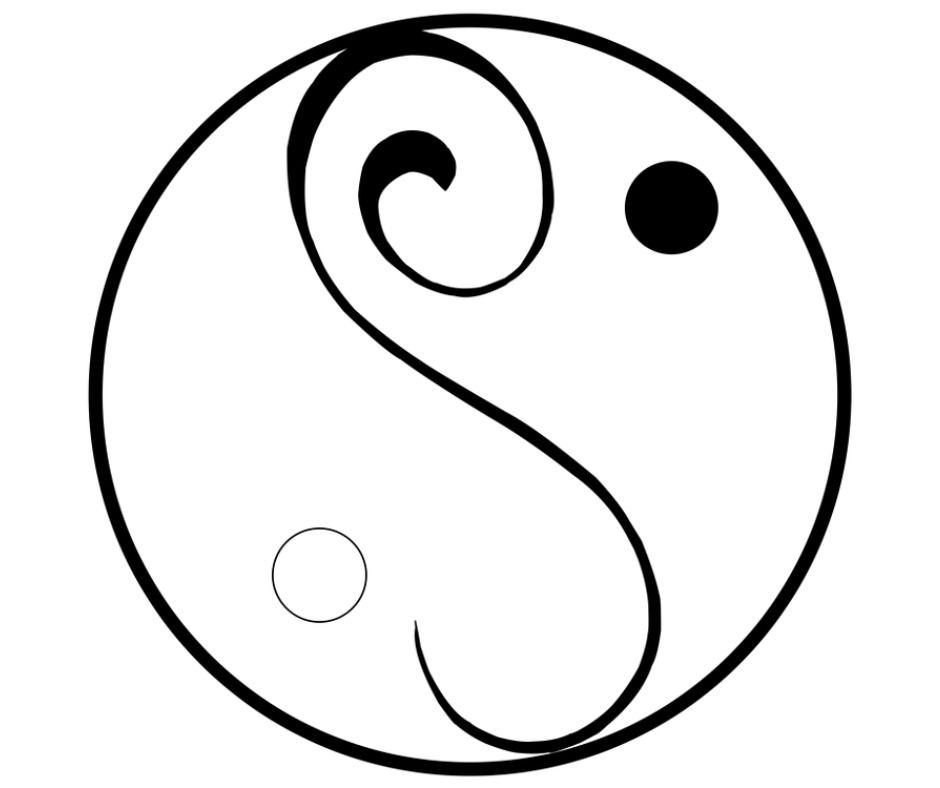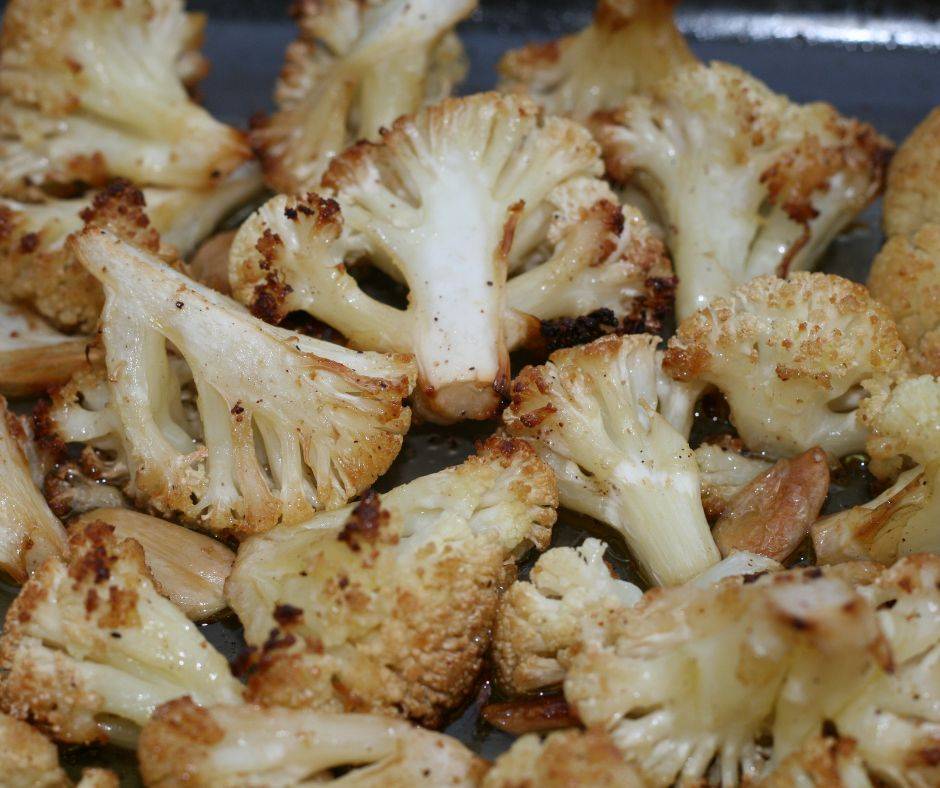An elimination diet is a great way to press the refresh button, develop mindfulness around food habits, and discover foods you’re eating that are causing troublesome symptoms. It’s very common for diet choices to cause imbalance and even disease, so I usually recommend doing an elimination diet if you’ve never tried one or if you have chronic symptoms that won’t resolve.
An elimination diet will help you understand what inflammatory triggers could be setting your symptoms off. Often, people suffer without knowing that their symptoms are connected to specific foods. It isn’t until specific foods are removed that you can see connections between symptoms and the foods you eat.
I’ve helped many students and clients transform their health using this technique. Doing an elimination diet can be challenging, so I highly recommend getting support. It can be done, though, so don’t lose hope yet! If you’d like support, check out my group program, Calm and Renew. I provide all the necessary resources during the program, including meal plans, instructional videos, and recipes. We go through the elimination diet together, and you can ask me questions and get support from the group.
During an elimination diet, you primarily want to identify foods you’re sensitive to. This is different from an allergy or intolerance (although sometimes people also discover that). Sensitivity is usually because there’s an imbalance in your digestive system. As the sensitization grows, digestion and absorption can be affected. This affects the immune system, leading to all kinds of symptoms. When there are low-grade inflammatory reactions in your digestive tract, there can be a breakdown of the intestinal wall, which further triggers the immune system and causes more inflammation. Removing problematic foods helps to decrease this vicious cycle and puts you on the path of healing.
During the elimination diet, specific foods are temporarily eliminated. The exact foods you cut out will depend on your condition, but some of the most important include wheat, gluten-containing grains, dairy, sweeteners, corn, beef, pork, eggs, and soy. In Calm and Renew, we dive deep into which foods to cut out and why.
Once you’ve eliminated your chosen foods, you give the body enough time to eliminate the food (at least three weeks to 1 month), and then you slowly add the foods back in and document the effects. The point is not to eliminate foods permanently! That is not a healthy way to live. Unless it’s a true allergy, you need to heal the sensitivity so that you can re-integrate the food. Eating diverse foods ensures the body gets a variety of essential nutrients that are so important for health.
If you’d like to try an elimination diet, follow the simple tips below so you get the most out of it:
Preparation is Key
SCHEDULE IT – Look over your calendar and carve out time for your elimination diet. Bad food choices often happen when we’re hungry or not prepared! Keep in mind that you’re not restricting calories, so you can maintain a work schedule and will mostly be able to keep up with your activities. But it can be nice to block off a little extra time to dedicate to tracking results and home cooking.
MEAL PLAN – It’s essential to have everything you need on hand. Planning and strategizing for those tough times will improve your chances of success. Start with a meal plan. Stock your pantry. Make a grocery list every time you shop, and ensure the foods you buy don’t have any sneaky ingredients.
MEAL PREP – Schedule at least one afternoon a week to prepare food for your week. Keep some frozen veggies in the freezer for a last-minute fix and make big-batch soups, stews, and casseroles. Freeze leftovers in smaller reusable containers for a quick meal.
Focus on Adding In
FOCUS ON NOURISHMENT – The easiest way to emphasize a healthy whole-food diet is to add the good stuff instead of taking out the bad stuff. This way, the focus is on nourishment instead of deprivation. The path to vibrant health starts with decreasing the burden on your immune system while still getting plenty of nutrition.
EAT REGULAR MEALS – During the elimination diet, you can eat as much as you want. As long as what you’re eating is a healthy whole food. Keep some nuts, fruit, veggie slices, and hummus on hand for a quick, healthy snack when tempted. Make sure nutritious foods are located where you can see them in your cupboards and fridge, and avoid extreme hunger, as this will contribute to blood sugar issues. If you don’t want to lose weight, add more calories from healthy fats and proteins.
EAT HEALING FOODS – Add various colourful vegetables and fruits to get a full spectrum of phytonutrients and antioxidants, and explore healing herbal medicines. These foods heal and detoxify the digestive system, the liver, and the kidneys. They also help to alkalize the body, decreasing inflammation and improving toxins’ excretion. Have fun with it, and get creative. Be sure to eat enough for energy as well as nutrition.
Eliminate more than just food
YOUR SPACE—Making this sort of change involves not only food choices but also the physical spaces where you live, work, and play. Take some time during your elimination diet to clear out the clutter. Examine your closet, your desk, your fridge, and your pantry. How can you create more space?
MIND AND EMOTION—If you want to go deeper, you can also consider other areas like your mindset and emotions. Are there areas of your life you need to let go of? Ask yourself: What is no longer serving me? What am I ready to let go of?
Wrapping up your Elimination Diet
TRACK SYMPTOMS – After eliminating inflammatory foods for a time, you will eventually need to slowly reintroduce foods back into your diet and track what happens. This is important. Many people are in a rush regarding this part and miss the whole point of the elimination diet! The point is to reintroduce foods and evaluate the effect of every food separately. You might find a food that continues to create symptoms as you reintroduce foods. In that case, it will need to be avoided longer, and more emphasis will be placed on healing the gut. After that time, reintroduction can be attempted again. We cover how to do this effectively in Calm and Renew.
ADD FOOD BACK WITH INTENTION – Near the end of your elimination diet, you may realize you feel WAY better. You don’t necessarily have to reintroduce certain foods that were causing problems. This is your opportunity to assess how you want to move forward and create a diet based on what you’ve learned about yourself and your sensitivities.
I hope this helps you set up a successful and rejuvenating elimination diet. Remember, if you want to try this in a group setting, I would love to have you join my Calm and Renew program. Please reach out if you have any questions!







